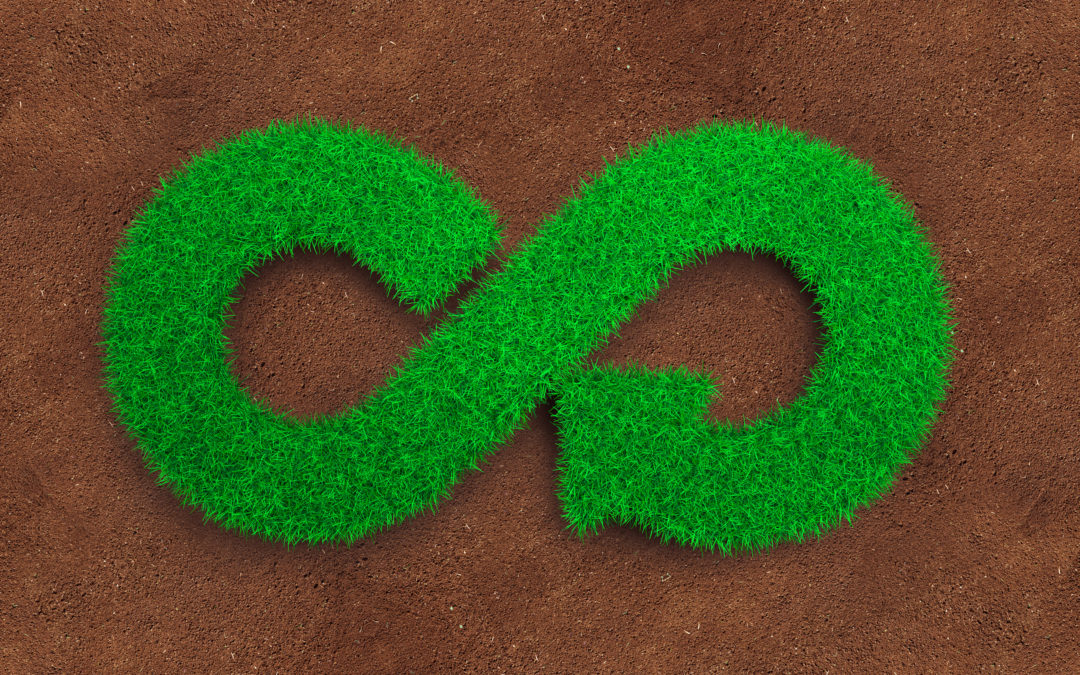A circular economy is one in which natural systems are regenerated, waste and pollution are kept to a minimum and products and materials are designed specifically to be kept in use, rather than thrown away. This is in direct contradiction to the current industrial model, which revolves around a philosophy of “take-make-waste”, where each product is replaceable and few are built to last. The focus of the circular economy is on lasting benefits that spread throughout society, along with advantages for the future of the environment. The idea is that waste becomes gradually designed out of the system and everything becomes reusable, recyclable or restorable. Marcel Kooter has a professional interest in promoting the better use of world resources through addressing the issues with the current linear economy and replacing it with a more circular economy. The embedded PDF explains the concept of a linear economy.
Circular Economy Concept Origins
The origins of the circular economy date back to ancient times, with many schools of philosophy echoing the idea of real-world cycles. In many industrialised countries, the concept enjoyed a revival following the Second World War. Technological advances have increasingly shown that the nature of the world is non-linear, interrelated and complex, making outcomes unpredictable. Digital technology has now advanced far enough to facilitate transitioning to a circular rather than linear economy, utilising systems such as feedback-driven intelligence, transparency, de-materialisation and virtualisation.
Circular Design in Companies
To embrace the circular economy, companies need to build core competencies into the business model to reduce, reuse, recycle and cascade. A brief definition of recycling can be seen in the short video attachment. A circular design for products and processes requires advanced working methods, skills and information sets. For a circular design to be economically successful, it must include a variety of criteria, including the selection of materials, products that are designed to last, components that are standardised so are easily replaceable, the reuse or separation of materials and products, and criteria for design-for-manufacturing that account for any potential useful application of waste materials and by-products.
Biomimicry
Biomimicry is a model for a circular economy that is based on the natural world. The approach was devised by author Janine Benyus and published in her book, Biomimicry: Innovation Inspired by Nature. An example of biomimicry would be creating a solar cell through study of a leaf. There are three key principles that are relied on in biomimicry, which can be viewed in the embedded infographic.
Industrial Ecology
Another circular economy school of thought is industrial ecology, which studies the energy flows and materials of industrial systems. The aim of this approach is to create closed-loop systems whereby undesirable by-products are eliminated through using waste as an input. Production processes in industrial ecology are designed according to local ecological constraints, adopting a point of view that is systemic and identifying the global impact of operation from the outset. Often called the science of sustainability, industrial ecology is by nature interdisciplinary and focuses on both social well-being and natural capital restoration.
Natural Capitalism
The natural capitalism idea of the circular economy focuses on accessing better productivity when utilising the natural resources of the world. Natural resources can be used more efficiently and therefore made to last far longer if technology, design and production processes are radically altered. As with industrial ecology, natural capitalism seeks to eradicate waste through reusing by-products and waste materials in a closed-loop system. Models and materials in natural capitalism are inspired by nature, as in biomimicry, with an emphasis on reinvesting in natural resources.

